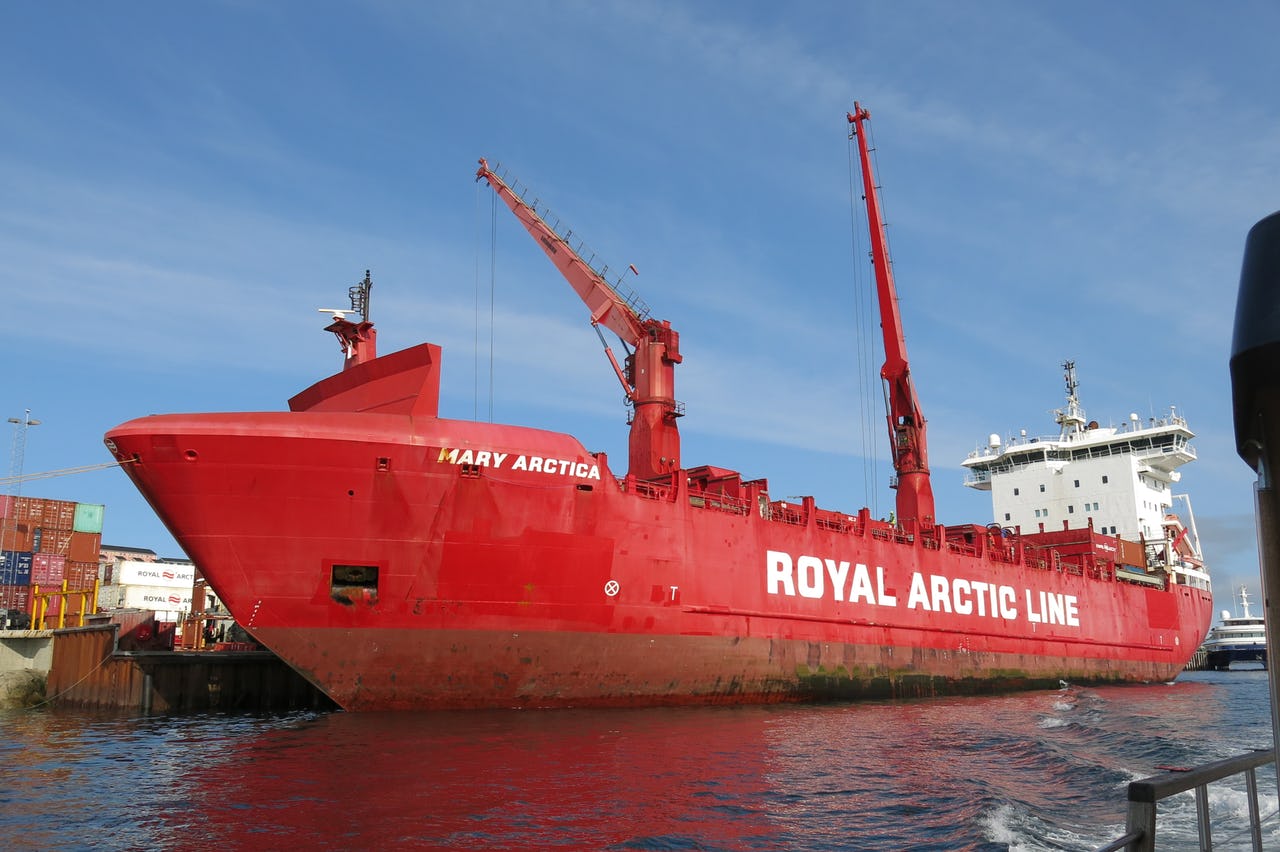Prospects of Arctic Shipping

Ship of the Royal Arctic Line in Nuuk harbor, Greenland. Photo: Kathrin Stephen
What are the prospects of Arctic shipping? This video explains with 8 reasons why Arctic shipping will be limited (and 2 reasons why that’s good). Importantly, Arctic routes only shorter for some routes but not for all. For connecting northern Europe and East Asia the Arctic makes some sense but for example to trade goods from or to south-Asia, South America, Africa or the Middle East, the Arctic is not shorter. The main problem for container shipping – which is the backbone of international maritime trade – is the unreliability of Arctic routes. We should not forget that despite the considerable ice melting taking place in the Arctic, the routes are still seasonal, which means they open up in spring and freeze up again in late autumn. And we cannot be sure when exactly the routes will open up, so ship-owners face a lot of uncertainty as to when exactly they can send their ships through the Arctic.
Even with less ice, the Arctic remains a harsh and dangerous environment. Bad weather and floating ice can make it very hard for seafarers to stick to tight timetables that the container ships must adhere to in order to survive in this very cost-intensive and competitive industry. Further, a warmer Arctic can also mean more difficult conditions for shipping; studies have shown that the warmer weather in the Arctic might lead to more bad weather, increased storm frequencies, and more loose ice in form of ice floes and icebergs, which can be more dangerous for ships than thin but fast ice.
All in all, the Arctic will not become a new major shipping region for international maritime trade. But regional shipping will increase for example in form of supplies for oil and gas projects in the Russian Arctic and transport of these extracted resources from the Arctic to markets, especially in Asia. And we should not forget all the risks and dangers that come with shipping in Arctic regions. There is the environmental impact risks associated with oil and gas development in a fragile ecosystem like the Arctic, still allowed usage of heavy fuel oil as ship fuel in the Arctic, limited infrastructure in case an accident happens with very difficult conditions to rescue passengers and crew, especially of a large cruise ship with several thousands of people on board, and hardly any means to clean up spilled oil in the remote Arctic.